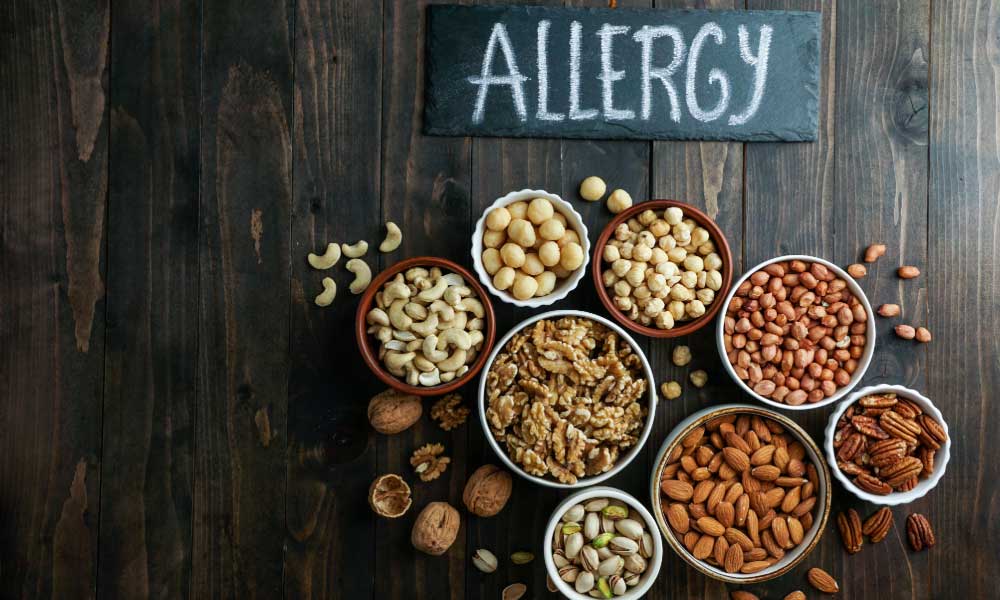
Cabbage Description & Health Benefits
- Cabbage is part of the Brassicaceae botanical family otherwise known as the Cruciferae botanical family. The foods found in this family are commonly known as cruciferous vegetables. Some other cruciferous vegetables include broccoli, Brussels sprout, cauliflower, kale, radishes, and turnips to name a few.
- Cruciferous vegetables contain a powerhouse of beneficial chemicals known as glucosinolates. These sulfur containing chemicals give cabbage and the other cruciferous vegetables their strong smell, bitter taste and beneficial antioxidant and phytochemical activity.
- The antioxidants found in cabbage and the other cruciferous vegetables may have beneficial effects on cancer prevention, anti-inflammatory activity, reduction of cardiovascular disease, and prevention of DNA damage. More research is needed to clarify specific effects of each individual cruciferous vegetable such as cabbage.
- Green and red cabbages are excellent sources of vitamin C and vitamin K and purple cabbage is a good source of vitamin A. Purple cabbage has eleven times more vitamin A than green cabbage.
- Vitamin C increases absorption of iron, assists with wound healing and helps to maintain bones, teeth, and cartilage.
- Vitamin K is required to build bone and for your blood to clot.
- Vitamin A promotes immune function, vision and reproduction; it plays a significant role in the formation and maintenance of the heart, lungs, and kidneys among other organs.
- Cabbage contains no cholesterol and is naturally low in calories making it a great addition to any meal.
Purchasing, Selecting, Storing, and Preparing
- Cabbage is available fresh year round in grocery stores. Cabbage varieties can be purchased as green, purple, red, or savory.
- Select cabbage that is brightly colored, firm, and compact. Look for crisp, fresh leaves without yellowing or browning leaves or markings such as blemishes or dark spots that may indicate worm damage.
- Refrigerate whole cabbage in a plastic bag in the crisper drawer. Do not cut the cabbage until you are ready to use it since once it is cut the cabbage begins to lose its vitamin C content.
- Prepare by shredding or cutting and eating raw in a salad or slaw, steamed, sautéd, baked in a casserole, added to soup, or try making your own sauerkraut.
- Depending on your dish, purple cabbage will bleed and turn the other foods in your recipe purple.
Nutrition Facts
Green, raw ½ cup serving
Calories: 11.0 | Protein: 0.57 g | Fat: 0.0 g | Carbohydrate: 2.58 g | Fiber: 1.1 g | Calcium: 18 mg | Magnesium: 5.0 mg | Potassium: 76 mg | Vitamin C: 16.3 mg | Folate: 19.0 μg | Vitamin A: 44 IU
Green, cooked ½ cup serving
Calories: 17 | Protein: 0.95 g | Fat: 0.0 g | Carbohydrate: 4.13 g | Fiber: 1.4 g | Calcium: 36 mg | Magnesium: 11.0 mg | Potassium: 147 mg | Vitamin C: 28.1 mg | Folate: 22.0 μg | Vitamin A: 66.0 IU
ndb.nal.usda.gov
Recipes
Request an Appointment
